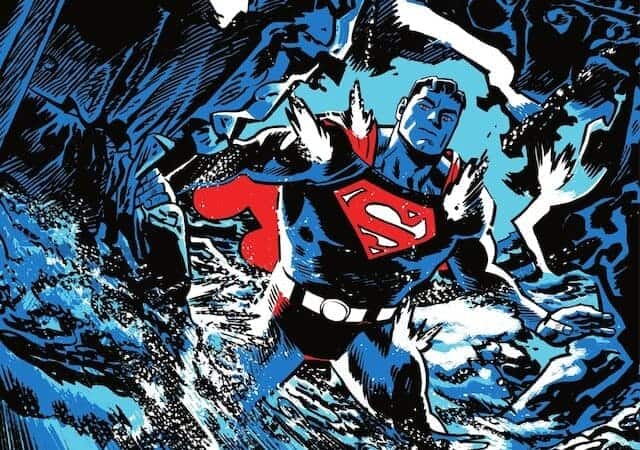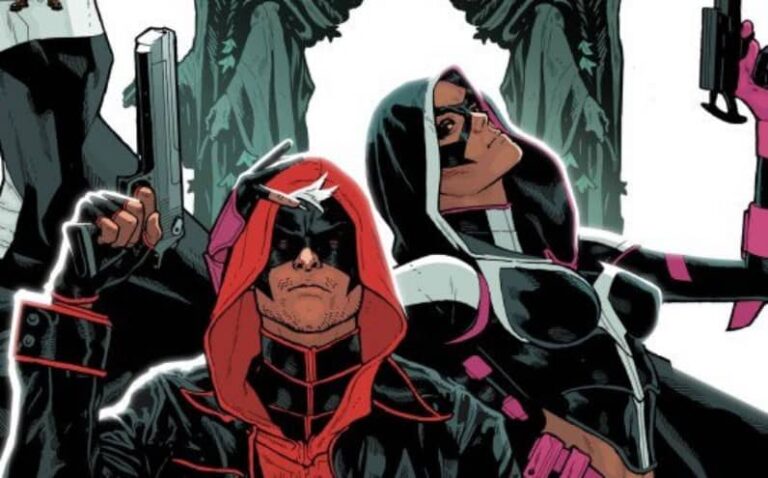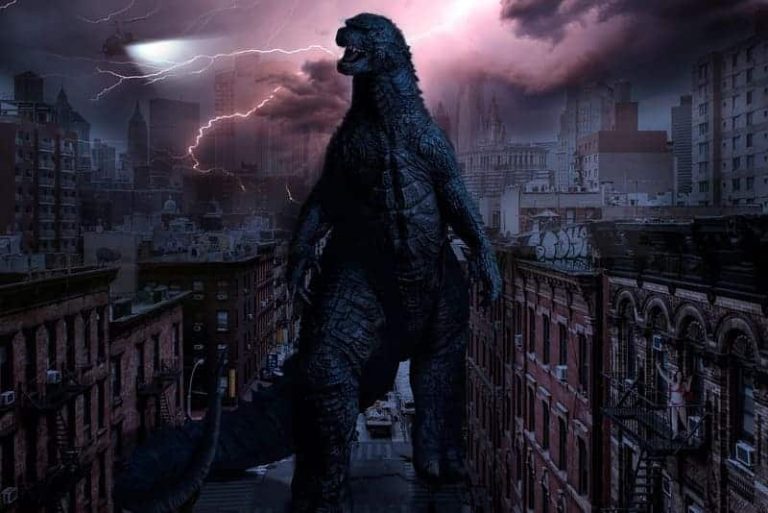Go Set a Watchman (2015): Why It Was So Controversial
It’s said that everyone has one good book in them, and American author Harper Lee certainly felt so after she published her first novel To Kill a Mockingbird in 1960. For over five decades, Lee let that novel stand as her sole literary contribution to the world.
Yet in early 2015, HarperCollins announced that it would publish Go Set a Watchman, a second novel by Lee, later that year. The announcement led to a fury of speculation. Why would Lee, who never intended to write a second book, want this one to be published? Was it her decision or someone else’s to publish it? Could this book match up to the quality and success of To Kill a Mockingbird?
When the novel was released in the summer of 2015, it exploded onto the literary scene, and not in a good way. Here are some reasons why the story of Watchman fell apart.
How and Why Was Go Set a Watchman Published?
https://gty.im/77696304
Harper Lee wrote Go Set a Watchman, about an adult Jean Louise “Scout” Finch returning from New York City to her hometown of Macomb, Alabama, and reflecting on the ways Macomb changed since her childhood, in the mid-1950s. She submitted the novel to editor Tay Hohoff, who liked her writing style but suggested that she write a new novel that focused on Scout’s childhood. Lee agreed, and her new novel became the immensely popular To Kill a Mockingbird.
Lee put the draft of Watchman away and it remained unseen for over 50 years until her lawyer Tonja Carter discovered it in summer 2014. In her capacity as Lee’s lawyer, Carter publicly relayed that Lee was happy that Watchman had been rediscovered and that the people she shared the rediscovered draft with liked it.
Many reviewers were skeptical that Lee really wanted Watchman to be published. After all, she had always stated that she wouldn’t publish another book after Mockingbird, feeling that she couldn’t write something as good as it again. In 2015, Lee was also 89 years old, hard of hearing and seeing, and struggling with dementia.
Some reviewers speculated that Carter and HarperCollins were taking advantage of Lee’s medical condition in order to publish the novel, although an investigation by Alabama health department officials concluded that Lee hadn’t been manipulated or forced into publishing the book. Still, this controversy followed the novel through its publication and beyond.
Go Set a Watchman‘s Biggest Point of Controversy: Atticus Finch
In To Kill a Mockingbird, Atticus Finch is a great father who dispenses sage wisdom to his children Scout and Jem and a brilliant, courageous lawyer who risks defending a Black man, Tom Robinson, against a charge of rape in front of an all-White Alabaman jury during the Jim Crow era. Though he loses the case, both Scout and Harper Lee view Atticus as a moral paragon who did the right thing by defending Robinson.
In Go Set a Watchman, Atticus opposes the growing Civil Rights Movement because he believes Black Americans haven’t earned their citizenship and the Supreme Court because the justices have ruled that laws that the South supports, like separate-but-equal public accommodations, are unconstitutional violations of civil rights. He also supports the White Citizen’s Council, a group that opposes civil rights for Black Americans.
Many reviewers disliked that the upstanding Atticus, who stood up for Black Americans against an unjust legal system, evolved into the reactionary Atticus who opposes Black Americans fighting against that same unjust system. They thought that Watchman tarnished both Atticus’s and Mockingbird‘s legacies.
Other reviewers argued that it made historical sense that a White Southerner like Atticus, who valued strict adherence to the law even as he defended others from unfair treatment under those laws, could oppose the Civil Rights Movement and the Supreme Court for “going too far” to ensure equal protection for African Americans. They also argued that Watchman showed a more nuanced depiction of race than Mockingbird did since it demonstrated that even someone seemingly as progressive as Atticus could hold backward views on civil rights and included more direct political content about Black Americans organizing to push for civil rights.
What I Thought of Go Set a Watchman
I read Go Set a Watchman soon after it was published because I was curious about its controversial release and because I wanted to see if it was as good as To Kill a Mockingbird. Spoiler alert: it wasn’t.
Watchman definitely feels like an early draft of Mockingbird. Though both novels have a similar narrative structure, with one thread telling about Scout’s coming-of-age and another focusing on greater social issues, I felt that the two threads tied together excellently in Mockingbird but never came together as a satisfying whole in Watchman.
I wished that Watchman included more scenes directly showing how the Black American residents of Macomb were becoming more active in pursuing civil rights rather than mostly depicting the issues of civil rights through discussions between White characters. I didn’t feel that the Black American characters were as fleshed-out as they were in Mockingbird.
Finally, I didn’t like the matter-of-fact writing style of Watchman compared to the more evocative one of Mockingbird. Watchman lacked the creative imagery, well-drawn characterizations, and tense and moving scenes that Mockingbird had in droves. Scout’s direct retelling of her childhood in Mockingbird was far more compelling than the third-person narrator’s more distant retelling of Scout’s return to Macomb in Watchman.
Overall, Go Set a Watchman was nowhere near as good as To Kill a Mockingbird. To me, the novel is only interesting as a comparison point to To Kill a Mockingbird and doesn’t hold up well on its own.
Final Thoughts
Go Set a Watchman is a strange book: a first draft that also feels like a sequel, a middling follow-up to a beloved literary classic, a second book from an author who said she only ever wanted to be remembered for one, and a flashpoint of controversy. The novel might be interesting for its curiosity value and the circumstances of its controversial publication than for its worth as an independent story.
While I didn’t like the novel myself, I’d still recommend checking it out if you’re interested in knowing what kind of book To Kill a Mockingbird started out as or if you want to see how characters changed 20 years after the events of Mockingbird. Just be aware that you might become just as disillusioned by those changes just as much as Jean Louise is.
If you liked this article, you should check out these other book-related articles on our site:
- 5 Best Books to Read in Spring 2024
- 10 Irresistible Must-Read Books by Black Authors
- The Last Chapter: Are Printed Books Slipping Into History?
For More Great Content
Total Apex is an all-encompassing content producer. We provide heavily detailed articles every day on entertainment, gaming, sports, and so much more! For more exemplary gaming and entertainment content, read our daily content on these sites: Total Apex Gaming and Total Apex Entertainment.





